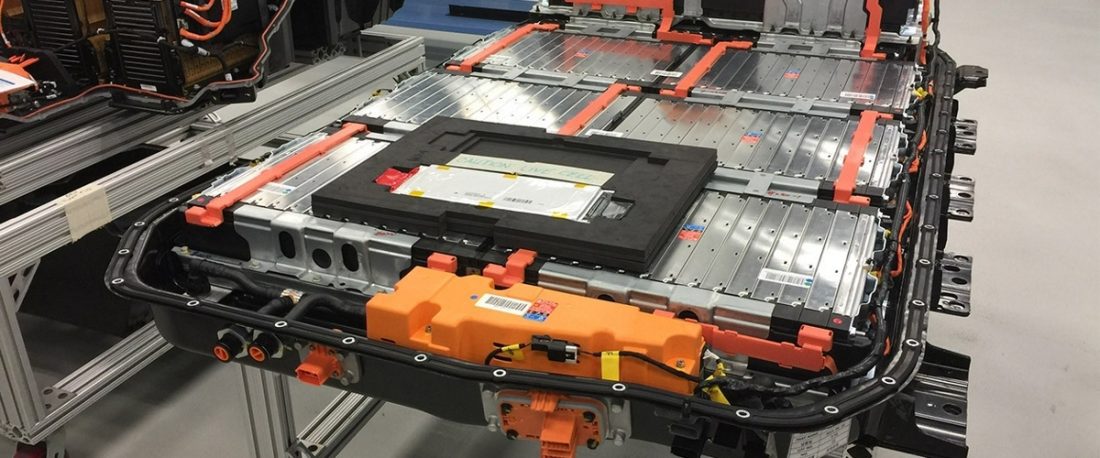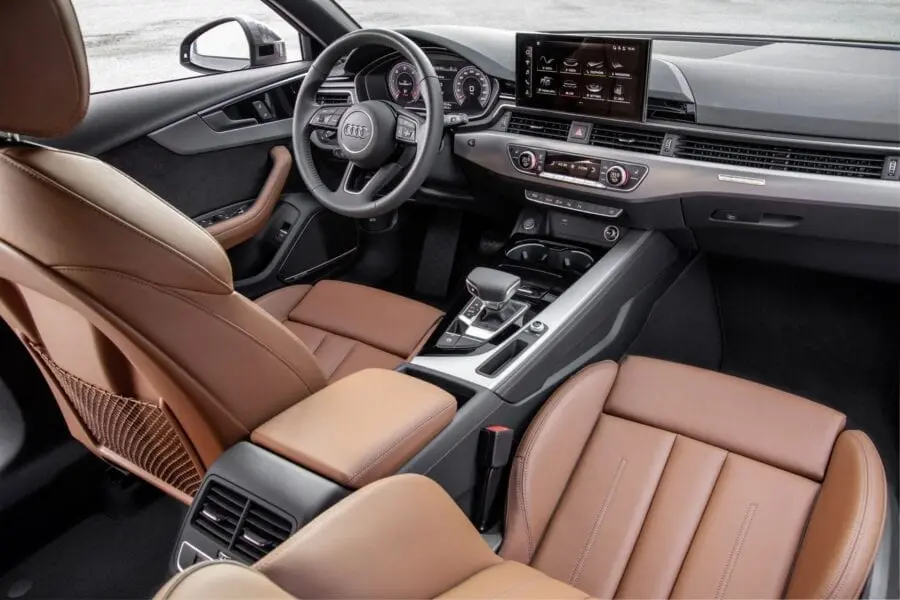
CATL wants to ditch the battery compartments. References as part of chassis / frame design
Until 2030, CATL wants to present completely new items for sale that do not require modules or battery containers. The cells themselves will be part of the vehicle's structure, which will increase the energy density at the battery level. This is good news and bad news at the same time.
First OSAGO battery, and finally “KP”?
Manufacturers of lithium-ion cells and electric vehicles do their best to achieve the highest possible energy density at the battery level, based on the cell's current energy density. What about advances in lithium-ion cell technology, where each time they have to be organized into modules (case # 1) and packed in a thick battery container (case # 2), not to mention a cooling system or BMS?
And each additional mass that does not store energy leads to a decrease in the final energy density for the entire system. Ergo: shorter electric vehicle range, where more cells simply won't fit.
CATL is currently working on batteries that would not have cell-to-battery (CTP) modules. Getting rid of this structure would reduce the size of the package, but would introduce a number of security issues:
> Mercedes and CATL expand cooperation in the field of lithium-ion batteries. Zero emissions in production and batteries without modules
However, the Chinese manufacturer wants to go even further and create links that can be used as structural elements of the frame / chassis ("CP", "Cells = Pack"). The cell manufacturing company will in some sense become the supplier of platform elements (floor coverings) around which the car manufacturer will assemble finished vehicles (source).
In such a situation, the automotive group could either use a better and lighter solution from the cell supplier, or rely on its own platforms with a traditional structure. Option # 1 will reduce it to the level of an integrator, depending on the manufacturer of lithium-ion cells, option # 2 will mean the risk of losing the competition.
CATL claims that integrating the cells directly into the chassis will create electric vehicles with a range of more than 800 kilometers (source). So why did we say in the introduction that this is bad news too? Well, they speculate that the Chinese manufacturer is seeing that it will soon reach the limit when it comes to optimizing lithium-ion technology, and is looking for other methods to increase its electricians' circle.
> Toyota is testing F-ion batteries. Promise: 1km range on a single charge
This may interest you:
